
Article’s Summary
- Cold chain logistics is a specialized solution crafted to safeguard the quality and freshness of perishable products
- Cold chain logistics presents a set of unique challenges such as precise temperature control and demands specialized infrastructure, equipment, and monitoring systems.
- The advantages of cold chain logistics include the ability to preserve the integrity and quality of temperature-sensitive goods.
In our interconnected global trade landscape, the smooth transportation of temperature-sensitive goods holds immense importance in effective supply chain management. Cold chain logistics—a specialized solution crafted to safeguard the quality and freshness of perishable products. Its crucial role cannot be overstated, as it ensures that items like pharmaceuticals, food and beverages, and biotechnology products arrive at their intended destination in optimal condition. Nevertheless, while the cold chain undeniably offers numerous benefits, it also presents notable obstacles that demand careful maneuvering.
Within this article, we delve into the intricacies of cold chain logistics, exploring the challenges it faces, as well as examining the advantages and disadvantages of cold chain.
Additionally, we explore the problems encountered in the realm of cold storage. Join us as we uncover the complexities, potential pitfalls, and solutions in the world of temperature-controlled supply chains.
What are some of the challenges in a cold supply chain as compared to a normal supply chain
Temperature Control

When comparing cold supply chains to normal supply chains, an undeniable differentiating factor lies in the criticality of temperature control. While conventional supply chains often deal with non-perishable or less temperature-sensitive goods, cold supply chains face the arduous task of maintaining precise and consistent temperature conditions at every stage of the process. The utmost importance placed on temperature maintenance presents substantial challenges that demand specialized equipment, advanced technology, and relentless monitoring to prevent the undesirable consequences of spoilage or product degradation.
Unlike normal supply chains, where minor fluctuations in temperature may have negligible impacts, even the slightest deviations in cold supply chains can have dire consequences. Products that have a limited shelf life, including fresh produce, dairy items, and pharmaceuticals, exhibit a remarkable vulnerability to fluctuations in temperature. Any mishap or oversight in temperature control can result in accelerated deterioration, loss of nutritional value, compromised safety, or even complete product spoilage.
Time-Sensitive Operations
The operational timelines within cold supply chains add another layer of complexity that sets them apart from normal supply chains. This heightened time sensitivity stems from the perishable nature of the goods being transported, requiring swift and efficient handling at every step of the process. From the moment a product is harvested, manufactured, or prepared for transportation, there is a limited window of opportunity to transport, store, and deliver it to its final destination while ensuring optimal temperature conditions.
In contrast to regular supply chains, where goods often have longer shelf lives and are less affected by time constraints, cold supply chains operate under tight schedules to maintain the utmost product quality and freshness. Any delays, disruptions, or inefficiencies occurring at any point along the cold chain can result in adverse consequences. These can range from compromised product quality to shortened shelf life, or even the unfortunate outcome of complete spoilage. The ticking clock begins as soon as the products are prepared for transport, underscoring the critical importance of meticulous planning and seamless coordination throughout the entire supply chain. It is imperative to ensure that every step, from procurement to delivery, is executed with utmost precision and efficiency.
Infrastructure and Equipment

When it comes to comparing cold supply chains to normal supply chains, one can quickly identify the unique challenges that arise from the need to maintain precise temperature conditions throughout the entire process. The distinctive nature of cold supply chains demands specialized infrastructure and equipment to ensure that temperature-sensitive products remain at their optimal conditions from point of origin to final destination. This requirement introduces a range of complexities and costs that set cold supply chains apart from their conventional counterparts.
However, with these specialized facilities and equipment come significant capital investments and ongoing maintenance costs. The procurement and maintenance of refrigerated trucks, temperature-controlled warehouses, and insulated packaging require substantial financial resources. Moreover, the energy requirements for operating and maintaining the cold chain infrastructure are typically higher compared to conventional supply chains.
Regulatory Compliance and Documentation
When we consider the differences between cold supply chains and normal supply chains, it becomes clear that the delicate nature of temperature-controlled goods introduces a host of unique challenges. One of the key obstacles stems from the strict regulations and documentation requirements that cold supply chains must adhere to. Industries that handle temperature-sensitive products, including pharmaceuticals and food, are subject to numerous regulations meticulously crafted to safeguard product safety, maintain high quality standards, and ensure traceability throughout the entire supply chain.
Compliance with regulatory standards is of paramount importance in cold supply chains, as any deviation can have severe consequences on product integrity and consumer safety. Companies must adhere to a range of regulations, including Good Manufacturing Practices (GMP), Hazard Analysis and Critical Control Points (HACCP), and other industry-specific guidelines. Any deficiencies in record-keeping or deviations from the prescribed procedures can result in penalties, legal consequences, or even product recalls. Therefore, cold supply chains must establish efficient systems to maintain accurate and up-to-date records, as well as processes for responding to audits and inspections promptly.
Risk of Supply Chain Disruptions

When comparing cold supply chains to normal supply chains, one notable challenge that stands out is the heightened risk of disruptions. Cold supply chains are inherently more vulnerable to various factors that can impact the integrity of temperature-controlled goods. These factors include unpredictable weather conditions, transportation delays, equipment failures, and even natural disasters. The complex interplay of these variables increases the likelihood of disruptions occurring throughout the cold supply chain
Unlike normal supply chains where the focus may primarily be on timely delivery and inventory management, cold supply chains must contend with the critical factor of maintaining temperature integrity at every stage. Even minor disruptions in temperature control can result in significant consequences, such as compromised product quality, reduced shelf life, and potential customer dissatisfaction. Moreover, the financial implications of product spoilage or rejection can be substantial, leading to significant financial losses for businesses involved in cold supply chains.
Advantages and disadvantages of cold chain
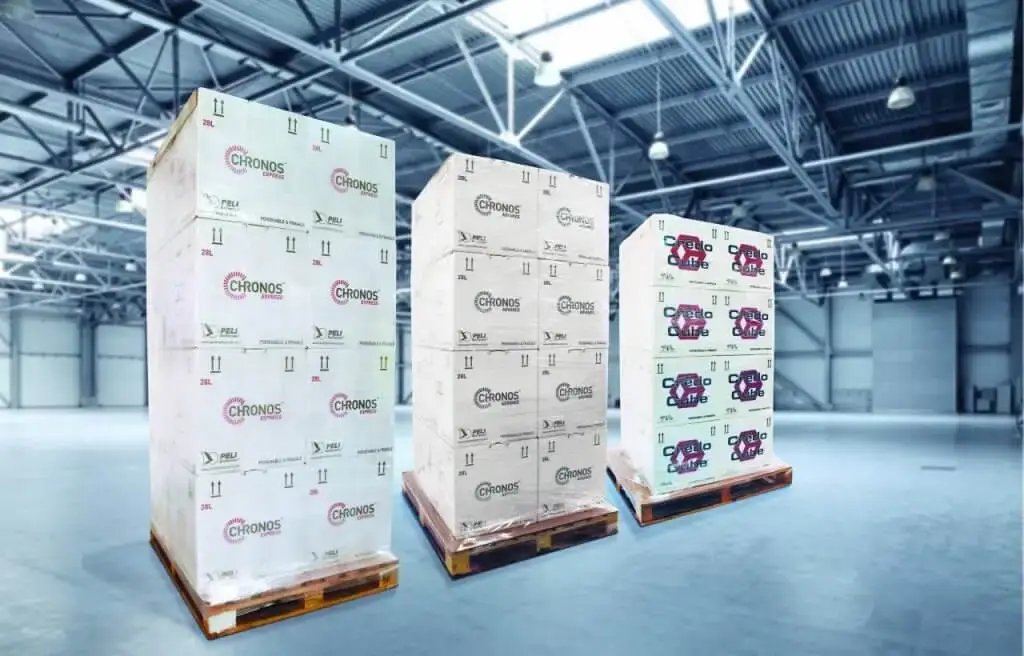
Advantages of Cold Chain
- Preservation of Product Quality: The main advantage of a cold chain lies in its capacity to uphold the quality and freshness of perishable goods. Through the meticulous maintenance of precise temperature conditions across the entire supply chain, products like fresh produce, dairy items, and pharmaceuticals can be delivered to consumers while retaining their optimal condition. This ensures that these goods possess exceptional taste, nutritional value, and effectiveness, thereby meeting the expectations and needs of customers.
- Extended Shelf Life: Cold chain logistics plays a crucial role in considerably prolonging the shelf life of perishable goods. Through meticulous control of temperature and humidity levels, the proliferation of bacteria and other microorganisms can be effectively slowed down. This preventive measure significantly reduces spoilage and waste, granting perishable goods a longer lifespan during storage and transportation. As a result, businesses operating in cold chain logistics gain increased flexibility in meeting market demands, as they can accommodate fluctuations in consumer needs while maintaining the freshness and quality of their products.
- Market Expansion: The infrastructure of a cold chain empowers businesses to explore untapped markets and broaden their customer reach. By effectively transporting and storing temperature-sensitive goods across extended distances, companies can now access regions and consumers that were once beyond their grasp. This expansion facilitates international trade, fostering economic growth and offering opportunities for market diversification. By leveraging the advantages of a well-established cold chain, businesses can not only increase their market share but also create avenues for mutual benefit and collaboration in the global marketplace.
- Increased Product Safety: The meticulous temperature control measures employed in cold chains play a vital role in ensuring heightened product safety. By diligently maintaining optimal temperatures, the risk of bacterial growth, contamination, and the occurrence of foodborne illnesses is significantly reduced. This aspect holds particular importance in industries such as healthcare, where the safe transportation and storage of temperature-sensitive medications and vaccines are essential to preserve their effectiveness and safeguard patient well-being. The stringent temperature control protocols of cold chains provide peace of mind, assuring consumers that the products they receive are of the highest quality and meet stringent safety standards.
Disadvantages of Cold Chain
- High Costs: Establishing and upholding a cold chain infrastructure necessitates substantial financial investments. The acquisition of specialized equipment, refrigerated storage facilities, temperature-controlled vehicles, and comprehensive monitoring systems entails higher operational costs. Additionally, expenses related to energy consumption, ongoing maintenance, and adherence to regulatory requirements can contribute to the overall costliness of implementing cold chain logistics. However, despite the financial considerations, businesses recognize that these investments are essential to ensure the integrity and quality of temperature-sensitive goods throughout the supply chain.
- Technical Complexity: Successfully managing cold chains necessitates expertise in handling and overseeing temperature-sensitive goods. The intricacies involved in monitoring, controlling, and adjusting temperature conditions at different points throughout the supply chain require specialized knowledge and technical skills. It is crucial to possess the appropriate training and engage in continuous education to ensure the smooth operation of the cold chain system. By staying abreast of industry advancements and honing their expertise, professionals involved in cold chain logistics can effectively address the challenges associated with temperature control and contribute to the overall efficiency of the cold chain process.
- Energy Consumption: Cold chain operations consume substantial amounts of energy. The need for refrigeration, cooling systems, and temperature-controlled environments results in higher energy requirements compared to regular supply chains. This poses environmental concerns and contributes to carbon emissions, impacting sustainability efforts.
- Vulnerability to Breakdowns: Cold chains are susceptible to disruptions and breakdowns, which can have severe consequences. Equipment failures, power outages, transportation delays, or natural disasters can compromise temperature control and lead to product spoilage. Contingency plans, backup systems, and effective risk management strategies are essential to minimize disruptions and mitigate potential losses.
Cold storage problems
- Temperature Fluctuations
One of the primary concerns in cold storage is temperature fluctuations. Even minor deviations from the required temperature range can lead to spoilage, deterioration, or even complete loss of perishable goods. Factors such as faulty equipment, power outages, or inadequate insulation can disrupt the optimal temperature conditions. Monitoring temperature levels consistently and investing in backup power systems can help mitigate this issue. Additionally, conducting regular maintenance checks and promptly addressing any equipment malfunctions is crucial to ensure stable temperature control.
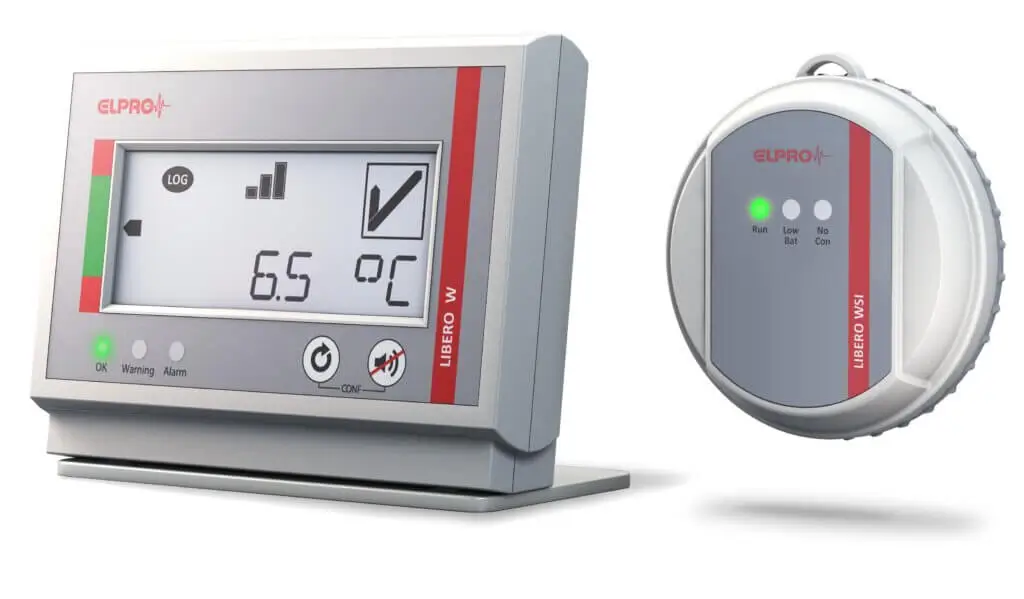
- Humidity Control
Apart from temperature, controlling humidity levels is equally important in cold storage facilities. High humidity can lead to moisture accumulation, resulting in mold growth, spoilage, or freezer burn on the stored goods. On the other hand, excessively low humidity can cause dehydration and affect the quality of certain products. Implementing humidity control systems and using moisture-absorbing materials can help maintain the ideal humidity range for different types of goods, ensuring their longevity.
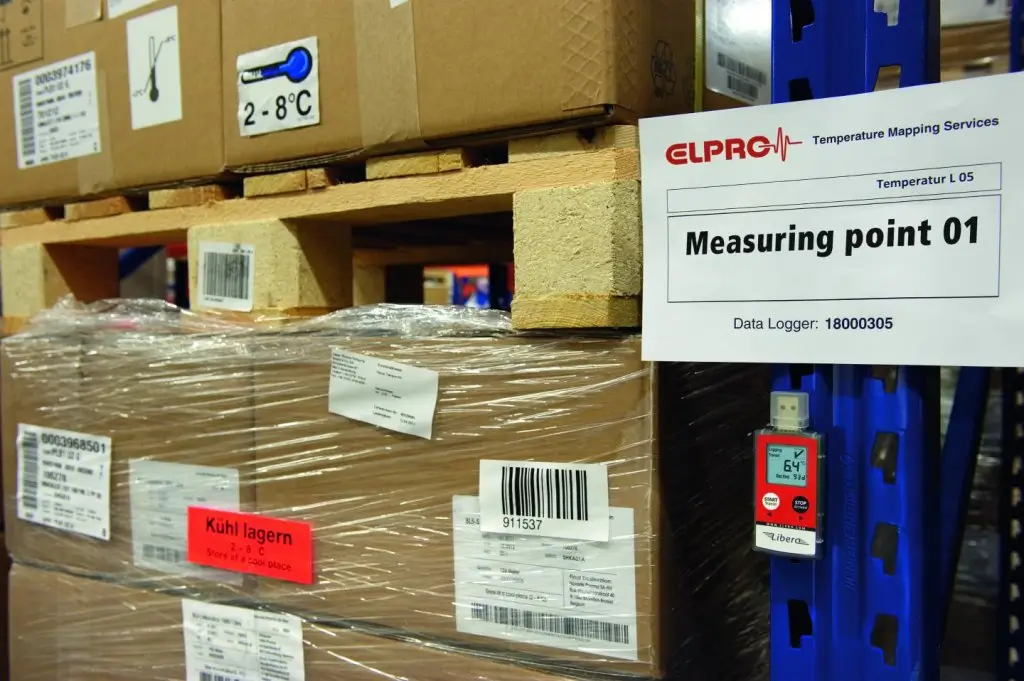
- Air Circulation and Ventilation
Proper air circulation and ventilation are essential to prevent hotspots and maintain uniform temperature distribution within a cold storage facility. Inadequate airflow can lead to temperature stratification, where different areas experience varying temperature levels. This can result in inconsistent cooling and potential spoilage. Strategically placing fans and ensuring unobstructed air circulation paths can promote even cooling throughout the storage area, reducing the risk of temperature imbalances.
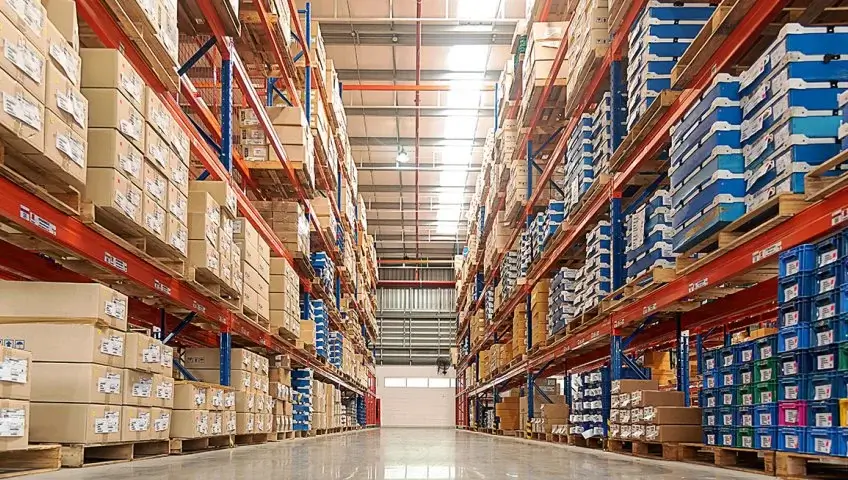
- Cold Chain Management
Maintaining an effective cold chain is crucial for goods that require refrigeration from the point of production to the end consumer. The cold chain encompasses various stages, including transportation, warehousing, and distribution. Any disruptions, delays, or mishandling during these stages can compromise the integrity of perishable items. Utilizing advanced tracking technologies, such as temperature sensors and data loggers, can help monitor the condition of goods throughout the supply chain, enabling prompt action in case of deviations.
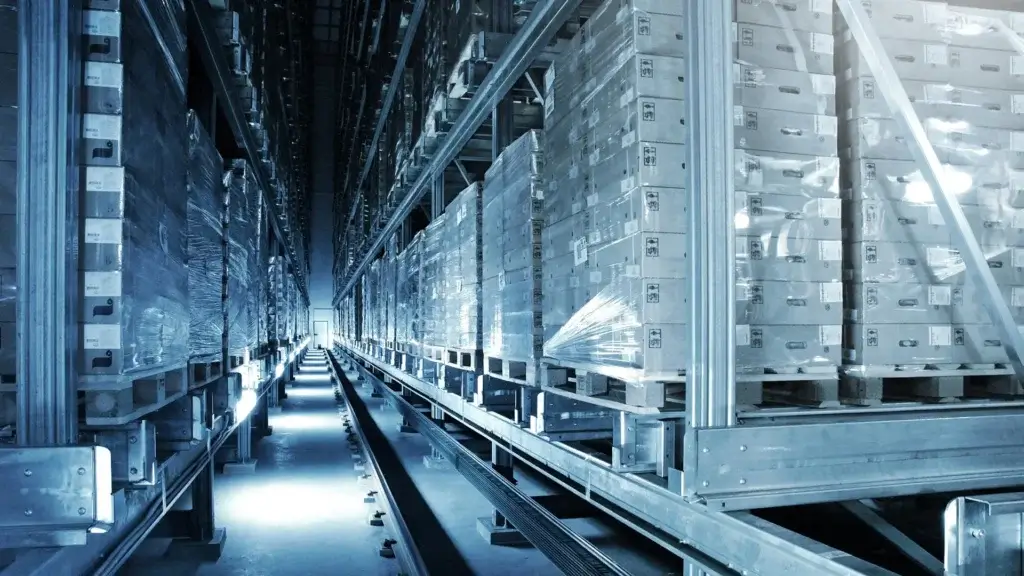
- Energy Efficiency
Cold storage facilities consume significant amounts of energy, making energy efficiency a key concern. Inefficient equipment, inadequate insulation, and outdated technology can lead to excessive energy consumption, escalating operational costs and environmental impact. Upgrading to energy-efficient refrigeration systems, optimizing insulation, and implementing intelligent temperature control systems can help minimize energy usage while still maintaining the required temperature conditions.
In conclusion, cold chain logistics presents a set of unique challenges that require careful consideration and strategic management. The need for precise temperature control throughout the supply chain introduces complexities and demands specialized infrastructure, equipment, and monitoring systems. However, despite these challenges, cold chain logistics offers significant advantages along with the disadvantages.
Ultimately, addressing the challenges in cold chain logistics is crucial for ensuring the safe and efficient transportation, storage, and delivery of temperature-sensitive goods. By understanding and actively managing these challenges, businesses can optimize their cold supply chain operations, enhance product quality and safety, minimize financial risks, and build strong relationships with customers and regulatory bodies. The continuous improvement of cold chain logistics practices will contribute to the overall growth and success of industries reliant on temperature-controlled goods.
Click here to find out more about Cold Chain Packing & Logistics today.